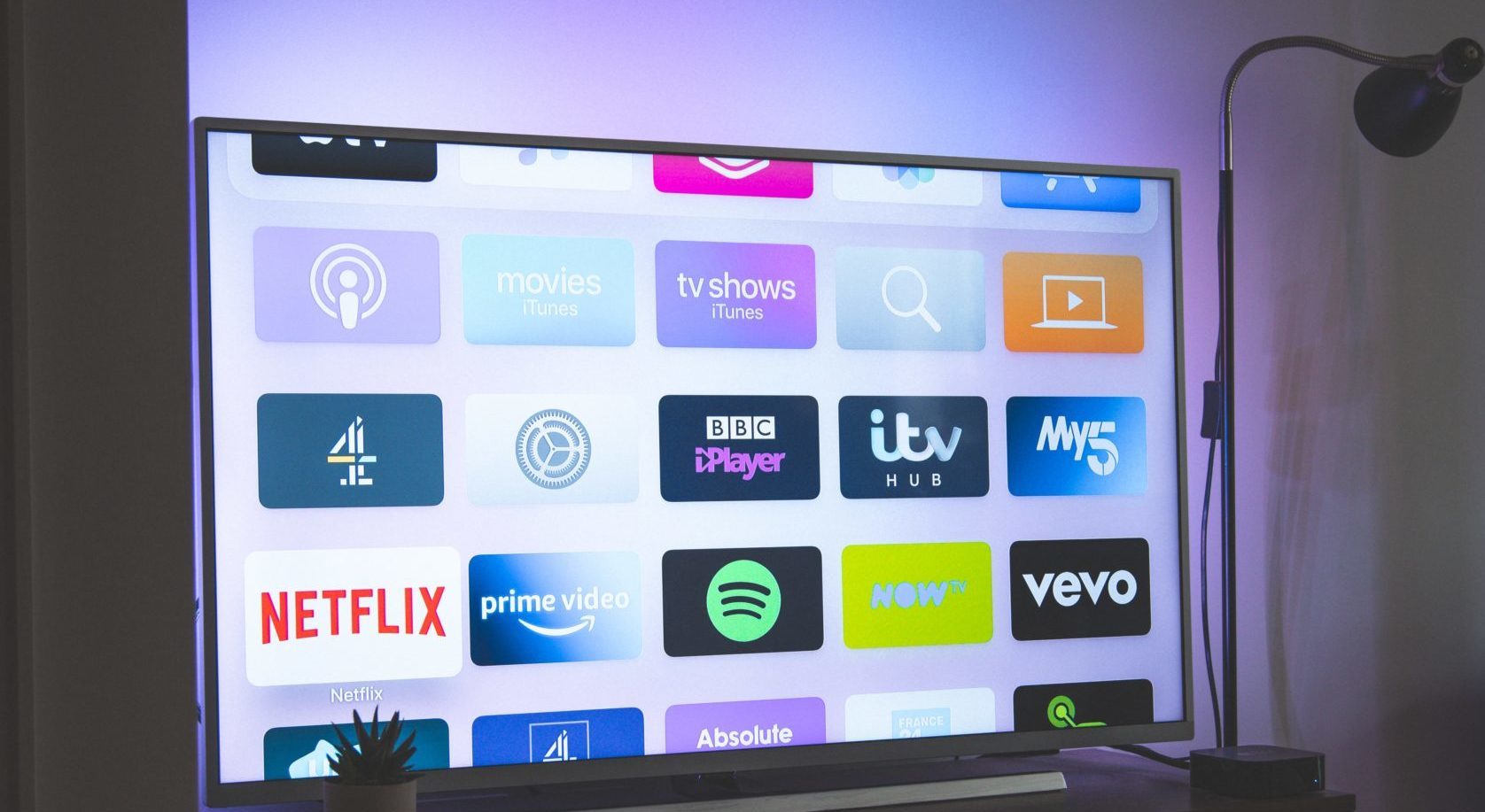Insights
Squid Game Should Change Your Ad Strategy.

It’s cliche to reference a Super Bowl ad when describing a large advertising campaign. But it makes sense: last year, the Super Bowl pulled in 96.4 million viewers and charged an average of $5.6 million for one 30-second spot.
Meanwhile, media consumption habits have changed dramatically—streaming reigns supreme. Squid Game, for example, has reached 111 million viewers, becoming Netflix’s biggest hit to date. That should come as no surprise, given that “connected TV” now reaches more homes (75%) than cable TV (63%).
But advertisers can’t buy ads on Squid Game. Netflix, the largest streaming platform with over 200 million subscribers, is ad-free. For advertisers, that’s where “AVOD” comes in.
“AVOD,” or “ad-supported video on demand,” is projected to outpace paid subscription growth in the streaming space. 2020 saw an 800% spike in smart TV ad inventory—providing advertisers with a low-cost way to reach audiences on TV screens.
AVOD platforms like Hulu, Roku Channel, PlutoTV, Tubi, and others have grown from niche offerings to streaming powerhouses. nScreenMedia estimates ad-supported streaming revenue will double over the next two years, reaching $4.1 billion.
Today, TV viewers can watch The Price Is Right on Pluto, catch up on 3rd Rock From the Sun on Tubi, or rewatch 24 on Roku Channel, without paying cable companies a dime. It’s all free and ad-supported, just like TV’s early years. And “free” has been too good for many to pass up: the number of “cord-cutters” (people who dropped cable) and “cord-nevers” (people who never had cable) has tripled since 2014.
That amounts to more ad revenue for these platforms. PlutoTV, for example, is expecting $1 billion in revenue, which is no surprise given its reach has increased 50 percent since launch and boasts 52 million active monthly viewers. Meanwhile, 2020 was the worst year on record for TV: TV advertising in 2021 is expected to be 15.2% lower than in 2019. Yikes.
It’s not just better for viewers, it’s also better for advertisers. AVOD offers advertisers unique targeting that linear TV can’t, like behavioral or contextual targeting. It’s also more economical, and in some instances, can be purchased programmatically.
What does this mean for you? You need to start thinking about AVOD when building your digital strategy. The days of “TV and digital” being two distinct, separate ad tactics are over. Video content that works across all devices, including TVs, is vitally important for a successful ad campaign.
Clyde Group can help. Reach out if you’re interested in learning more about how AVOD can help you.